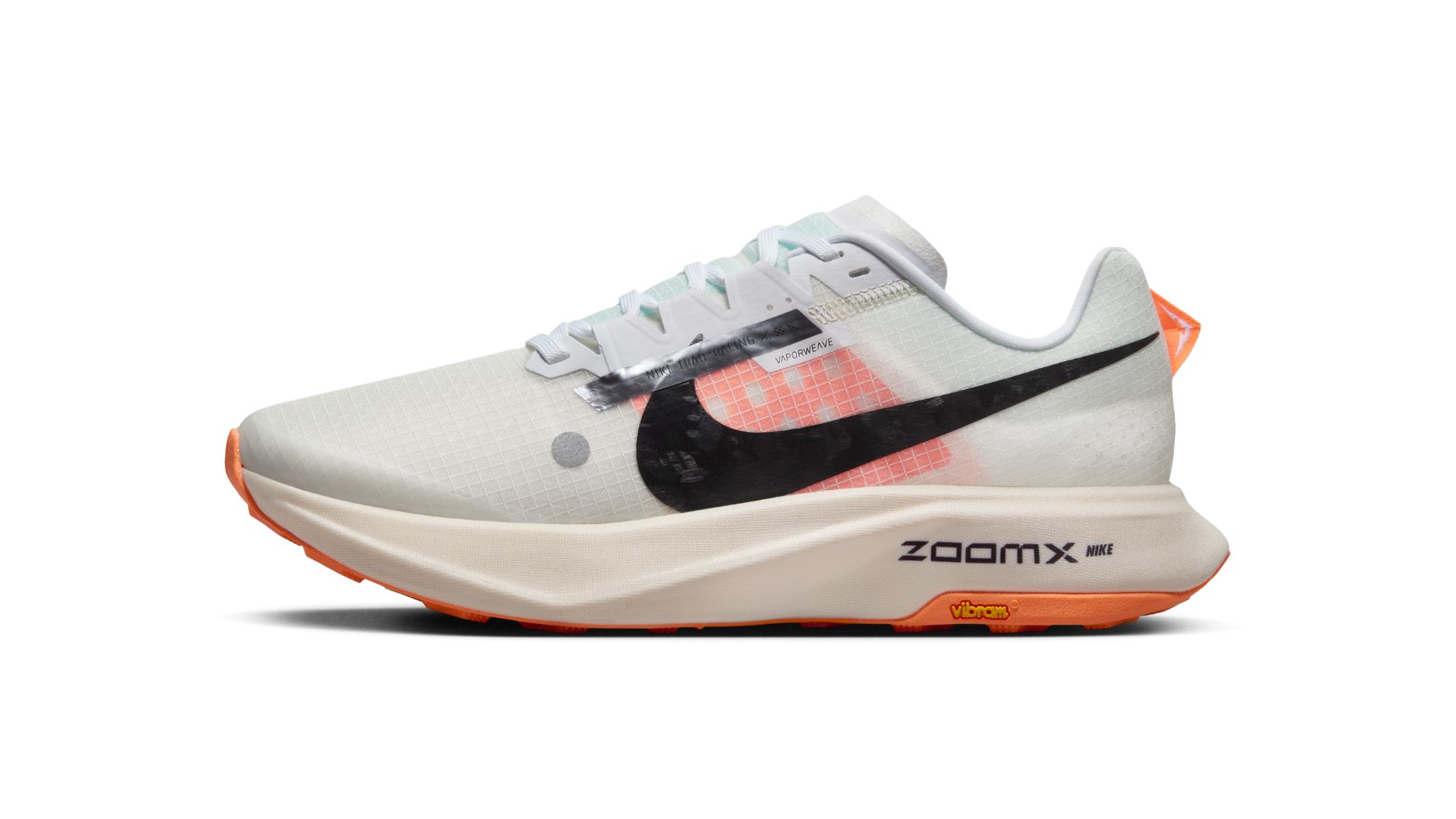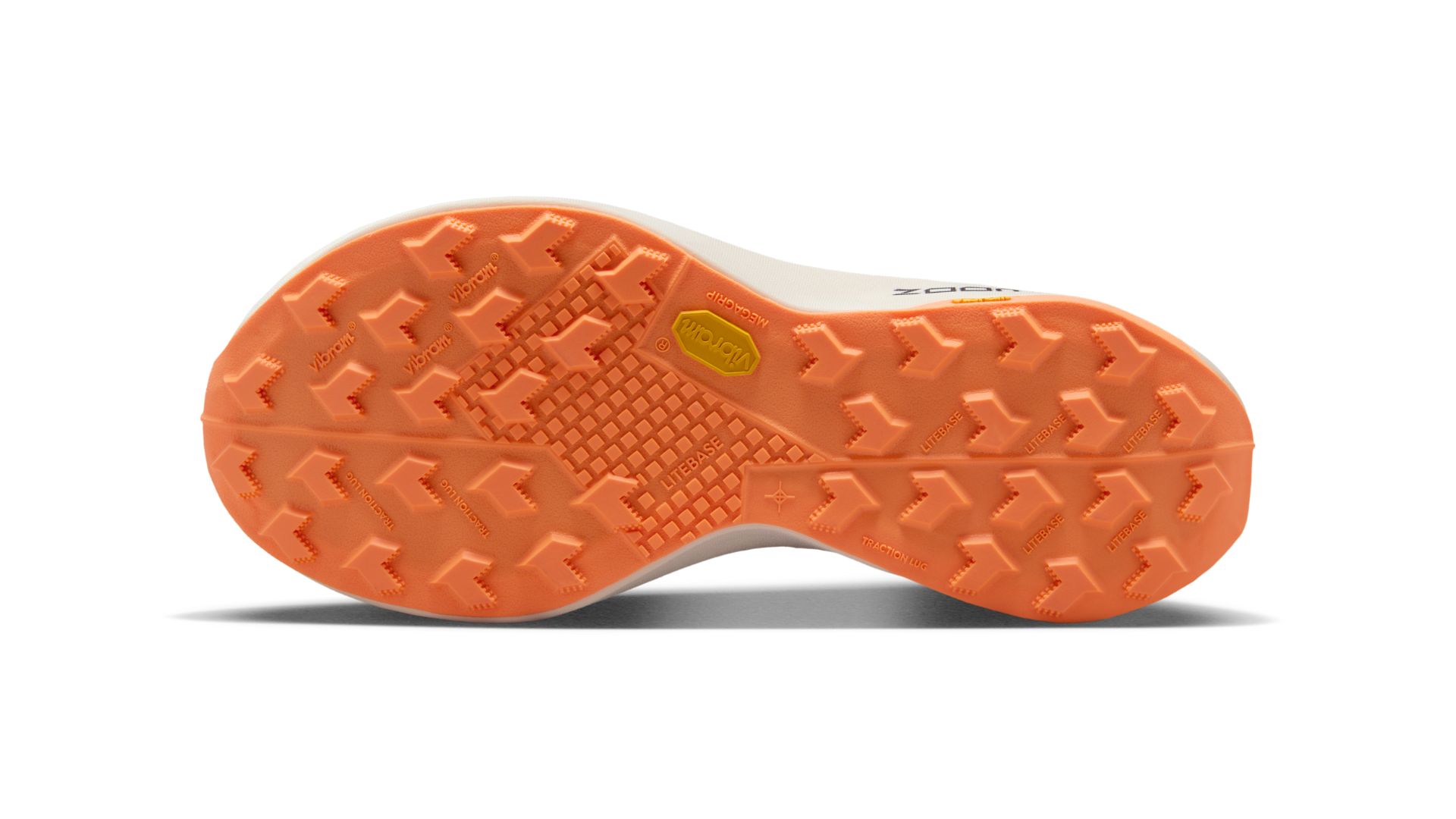The Nike Ultrafly Is A Vaporfly For The Trails
The new Nike Ultrafly Trail has a carbon plate and the same midsole foam as the brand’s top road racers

From the moment it became clear that the hype around the Nike Vaporfly was merited and it was a cut above other road racing shoes available at the time, rumors started circulating about the same technology being brought to the trails.
It’s taken a while for the Nike Ultrafly Trail to appear, however. The Nike Vaporfly is now on its fifth version—the Nike Vaporfly 3 (it’s confusing, we know)—and pretty much every brand now has a great carbon plate running shoe for the road in its line-up.

There are also several excellent trail-running shoes with carbon plates that beat the Ultrafly to the market, like the Hoka Tecton X2 and Saucony Endorphin Edge, so Nike’s new trail racer has competition from the off.
How well it fares against that competition will depend on whether the Ultrafly can produce the same “wow” feeling the Vaporfly does on the road. It has the right ingredients, with a midsole made from Nike’s bouncy ZoomX foam and a carbon plate running through that foam.
It’s a high-stack shoe too, standing 38.5mm tall at the heel and 30mm at the forefoot for an 8.5mm drop, and has a rocker design to help roll you through your footstrike. The Ultrafly Trail uses Nike’s lightweight Vaporweave material for its upper, and looks to have fewer protective overlays than other trails shoes to keep the weight down, though it’s no featherweight at 10.6oz/300g in a US men’s size 10 and 8.8oz/249g in a women’s size 8.
That’s around 100g heavier than the Vaporfly 3 in the same size, and the extra weight is down to the trail-specific features on the Ultrafly. The midsole is wrapped in fabric, which reduces some of the squishy feeling underfoot to increase stability, and also protects the soft foam from abrasions on the trails.

As you’d expect for a trail shoe, the outsole of the Ultrafly differs greatly from the minimal rubber coverage on the Vaporfly. In fact, for all the impressive Nike tech in the midsole, the outsole might be the most exciting feature of the Ultrafly, because it’s the first shoe Nike has made in partnership with Vibram.
Sign up for workout ideas, training advice, reviews of the latest gear and more.
In the past Nike’s trail shoes have often come up short on grip when using in-house materials, but Vibram’s credentials in this area are impeccable, since it makes the outsole for some of the best trail-running shoes available like the Hoka Speedgoat 5.

The Nike Ultrafly Trail has a Vibram Litebase outsole with fairly shallow lugs, so it looks better suited to harder trails than to soft mud or grass. Nike Trail athlete Tyler Green used the shoe when finishing second at the Western States 100-mile race in late June, an event that was mostly on relatively smooth and rocky trails.
The Nike Ultrafly Trail will be available in limited quantities from 25th July ahead of a full launch in August. It costs $250 in the US, the same price as the Nike Vaporfly 3, and £230 in the UK.

Nick Harris-Fry is a journalist who has been covering health and fitness since 2015. Nick is an avid runner, covering 70-110km a week, which gives him ample opportunity to test a wide range of running shoes and running gear. He is also the chief tester for fitness trackers and running watches, treadmills and exercise bikes, and workout headphones.
